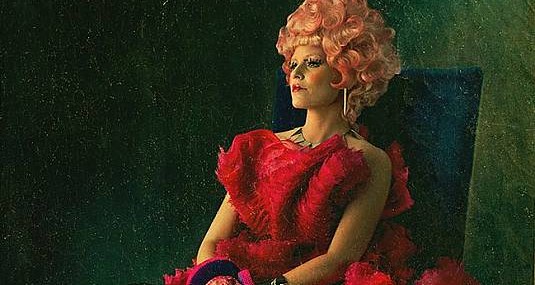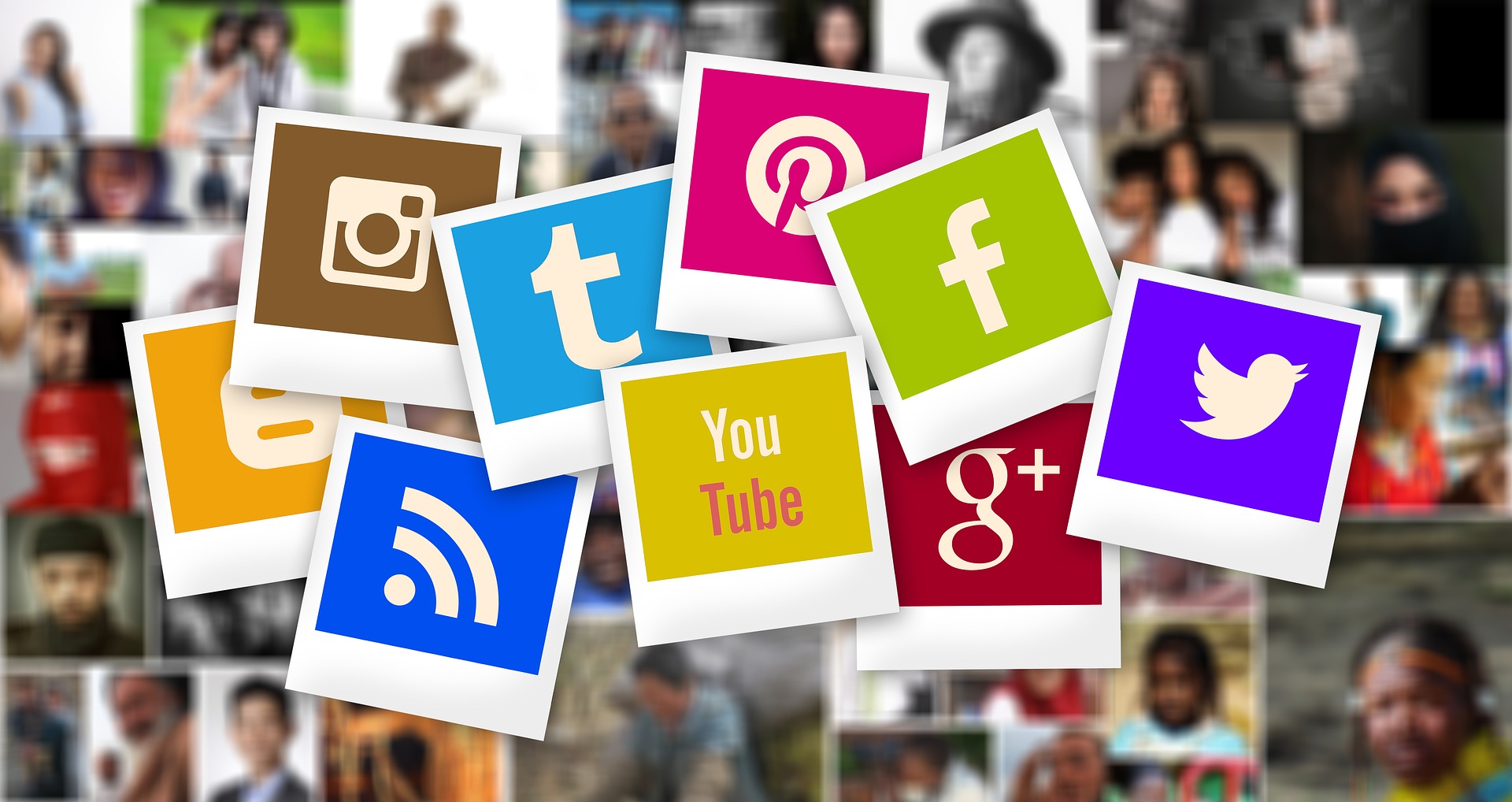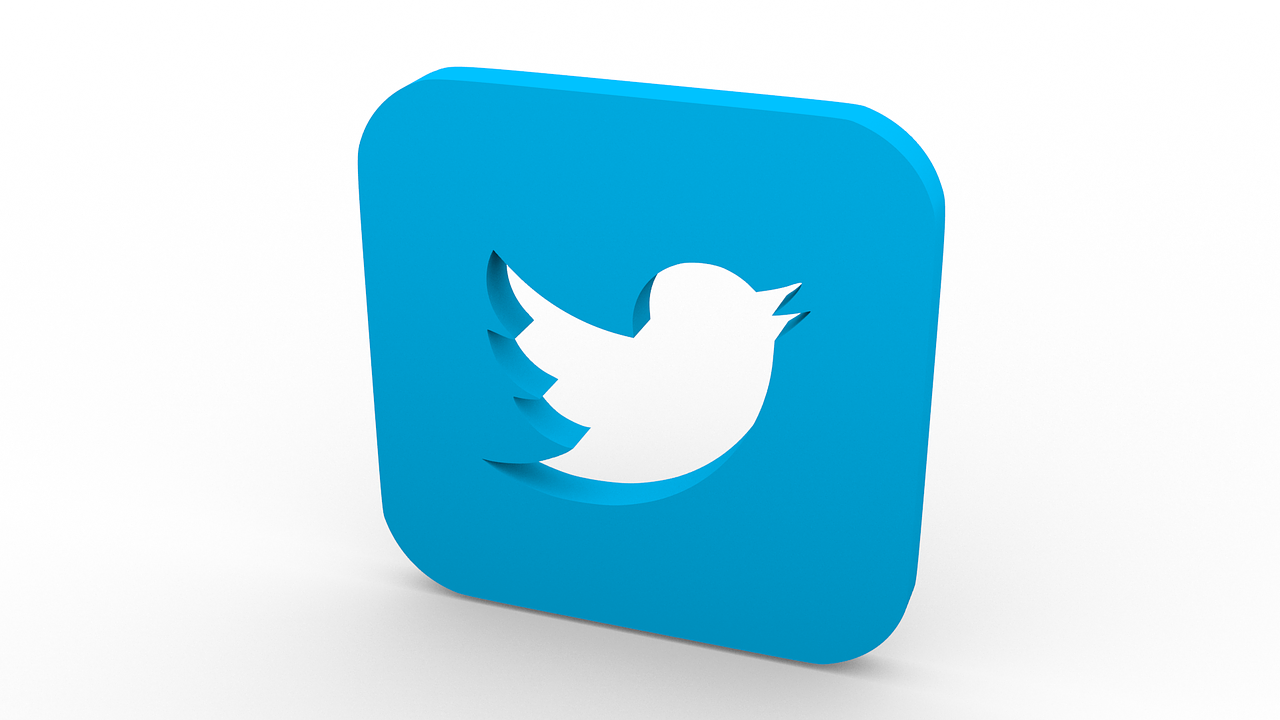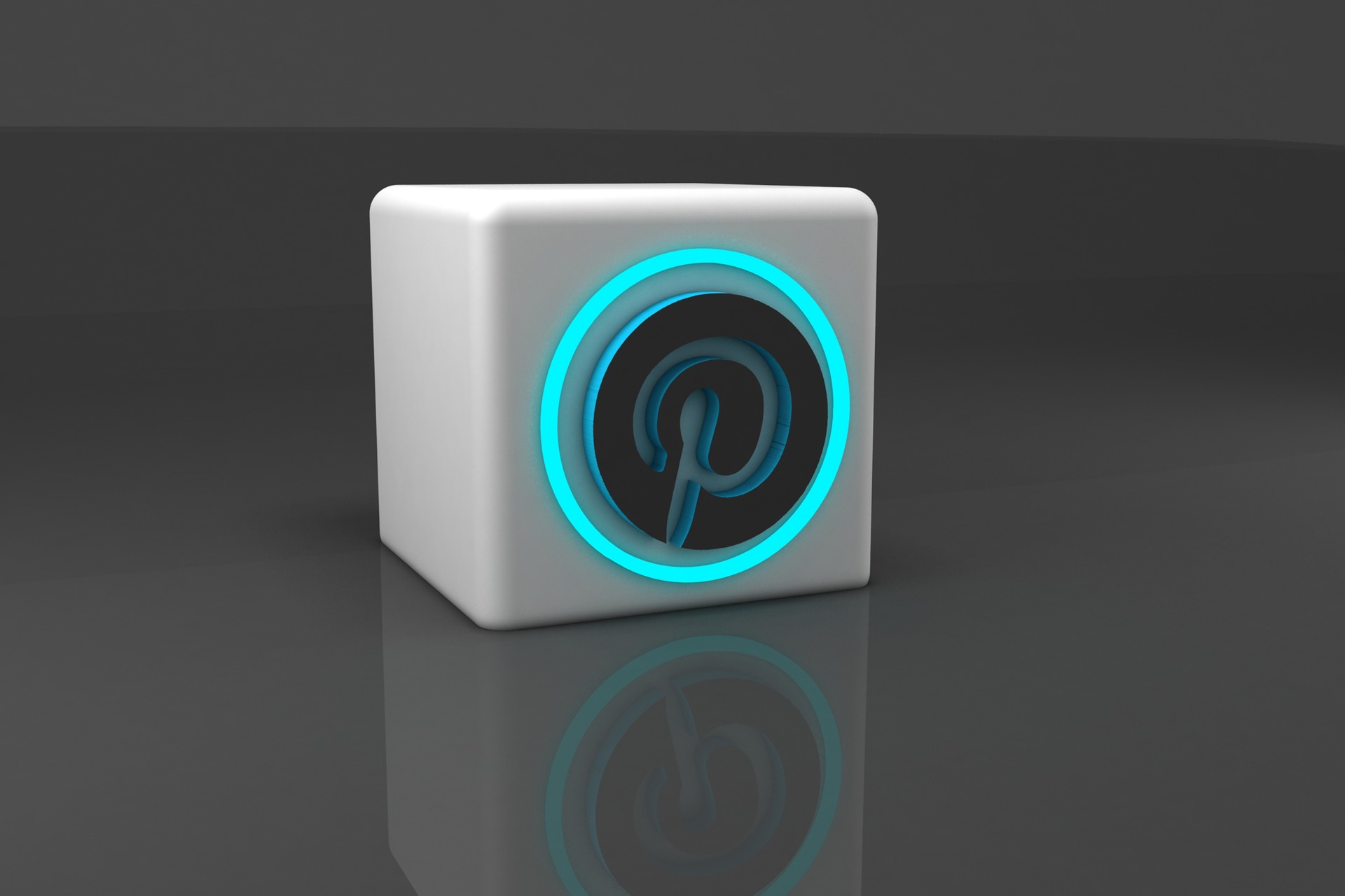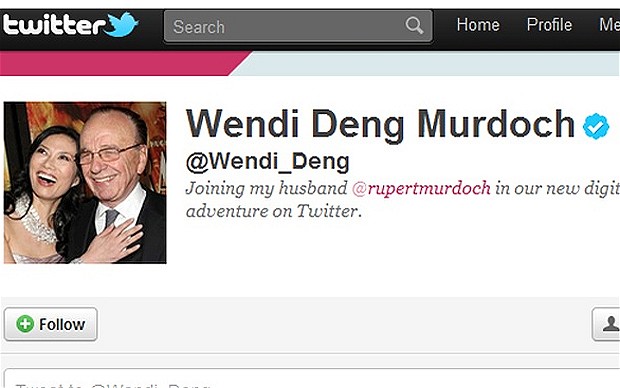By guest blogger Heather Scott
Are you on Facebook? Twitter? Instagram? Tumblr? For at least 25 hours a week? Do you think you have phantom phone syndrome?
If so, you are probably a millennial, and if you can claim that you do at least some of this social sharing for work, then you are more likely a millennial at a PR firm! Members of this cohort seem to share more intimate details of their lives via social media than other generations, leading experts to advise caution in how and how much they express themselves.
In this time of high unemployment and an economy that is only slowly recovering, millennials must learn how to use social media to advance their careers. Here are some tips to keep in mind when it comes to smart social media activity.
Profanity. Sometimes you just want to let your anger and frustration out with a four-letter-word tirade. While the occasion “hell” or “damn” is okay, keep the others off the internet. There are more articulate ways to express yourself.
Pictures. As with profanity, keep the drunken antics off social media. And profile pictures should be of you in career wear, not a halter top or a bridesmaid gown. This is not to say pictures containing alcohol should be kept off social media entirely (college students, proceed with caution), just keep it professional. A picture of yourself and friends enjoying a glass of wine says you’re a social person and that there’s more to you than your work.
Networking. Use your social media accounts to help get your foot in the door. Follow companies, employers, experts, etc. on sites such as Twitter and LinkedIn. If you want to go a step further, try to actually connect with them. Respond to a discussion post on LinkedIn or comment on an article they tweeted. Engagement shows employers you’re not afraid to speak up and interact.
Expand your social media skill set. While it is presumed that all millennials know how to work every social media site in existence, it isn’t always the case. Take time to learn all the ins and outs of the social media sites you frequent. Know how to start a discussion post on LinkedIn or tailor trending topics on Twitter to a specific region. Know how to set up a Google+ chat. You never know when these skills may come in handy. More importantly, familiarize yourself with the most successful PR or marketing campaigns with social media at the core. That way, you can converse with prospective employers on the merits of “Dumb Ways To Die” vs Virgin’s #fitfoo campaign.
Politics and Religion. There’s an old saying: you should never discuss politics or religion at dinner parties. This also generally applies to social media. Until you’re the next Rachel Maddow or Ann Coulter, keep your personal feelings/stances on these topics to yourself. If your comments are too extreme, future employers could be hesitant to hire you.
What other social media practices would you recommend to millennials? Leave a comment below.

